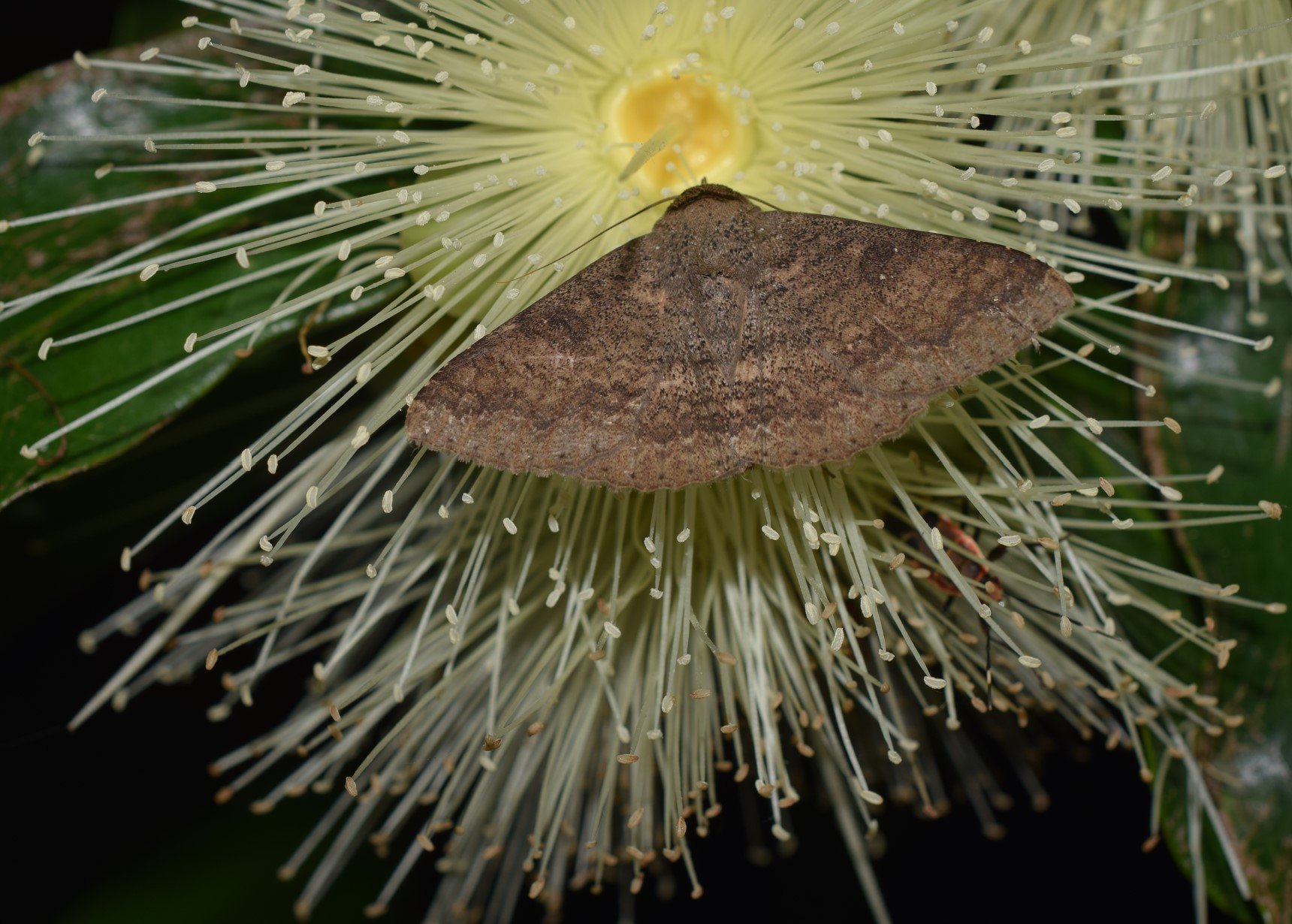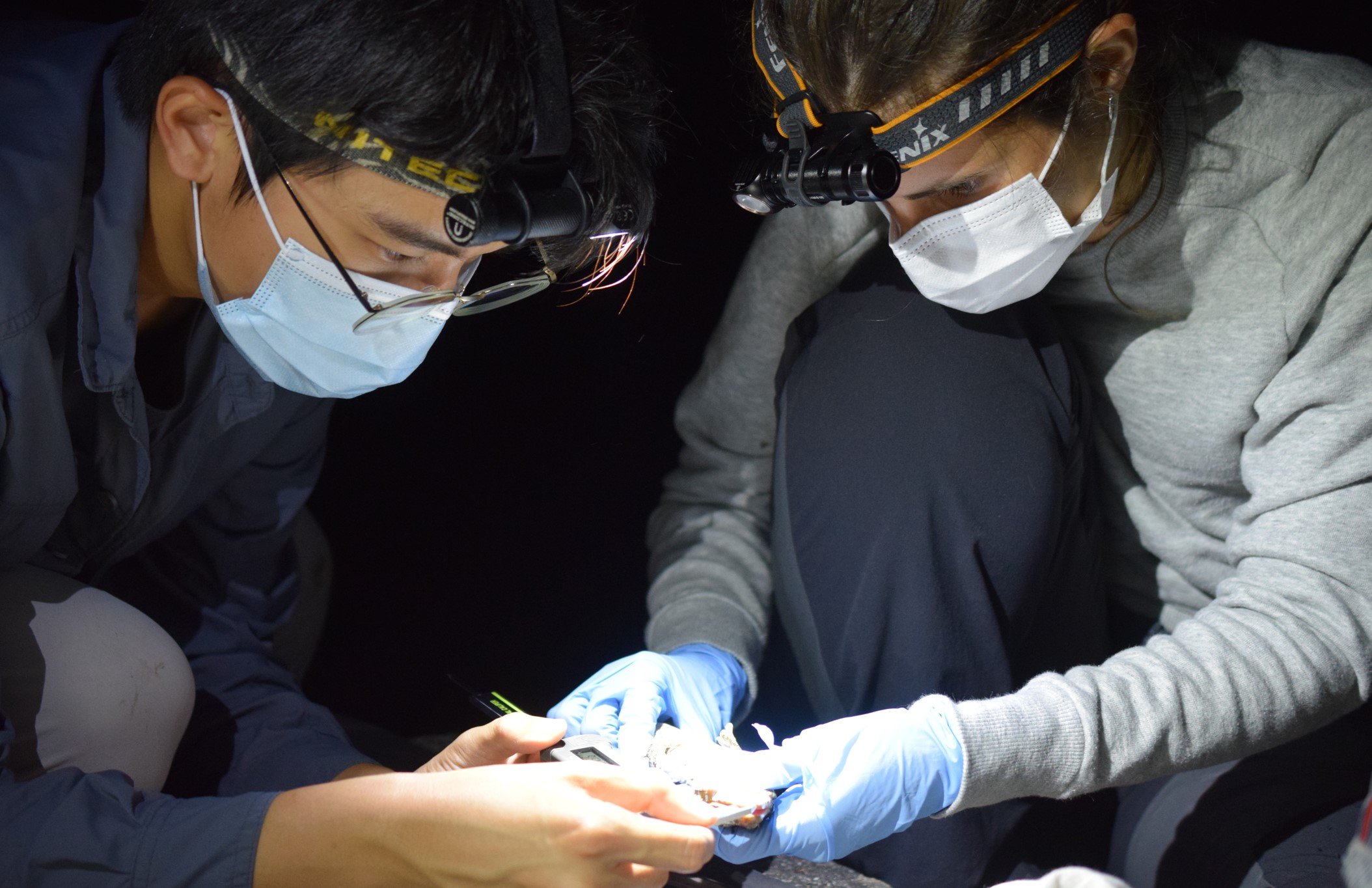Night-time ecology
Nocturnal biodiversity is often neglected in a world dominated by diurnal species. Anthropogenic impacts on the night-time environment are still underappreciated and require investigation of the mechanisms that might structure differential responses to biodiversity threats by nocturnal and diurnal species. Our research has explored how climate change might differentially affect nocturnal and diurnal species through modelling and conservation physiological research. We are also studying the effects of artificial light at night and how this impacts tropical species.
-
Dufour P, Tsang TPN, Clusella-Trullas S, Bonebrake TC (2022) No consistent effect of daytime versus night-time measurement of thermal tolerance in nocturnal and diurnal lizards. Conservation Physiology, 10, coac020
Bonebrake TC, Rezende E, Bozinovic F (2020) Climate change and thermoregulatory consequences of activity time in mammals. The American Naturalist, 196, 45-56
Yuen SW, Bonebrake TC (2017) Artificial night light alters nocturnal prey interception outcomes for morphologically variable spiders. PeerJ, 5, e4070





